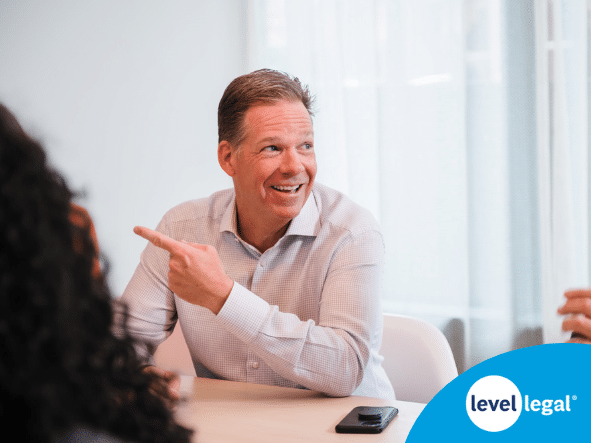Knowledge
Six Reasons Quality Counts in eDiscovery
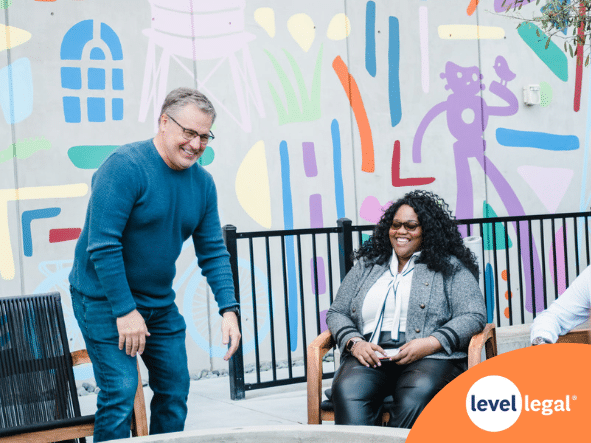
The Human Side of Legal AI | Level Table Live

Measuring the Success of an eDiscovery Project

Artificial Selection: a Brief History of Evolution in eDiscovery Analytics
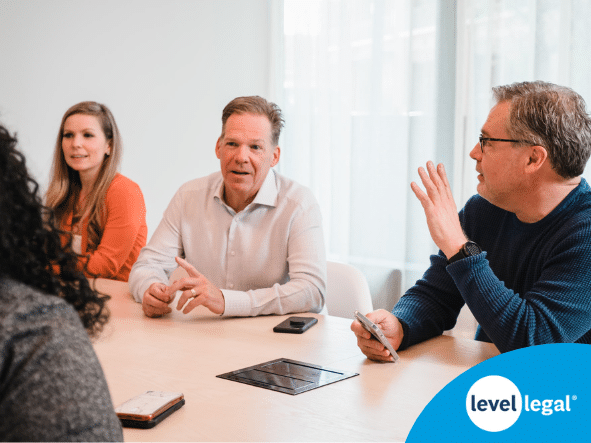
Clear as Mud: a Call for Transparency in Litigation Funding
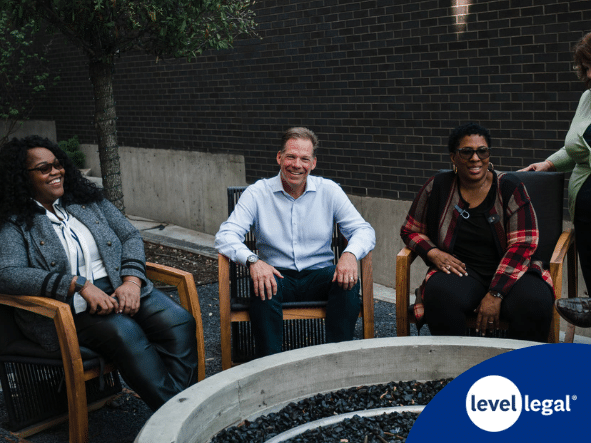
The CLOC 2023 Experience
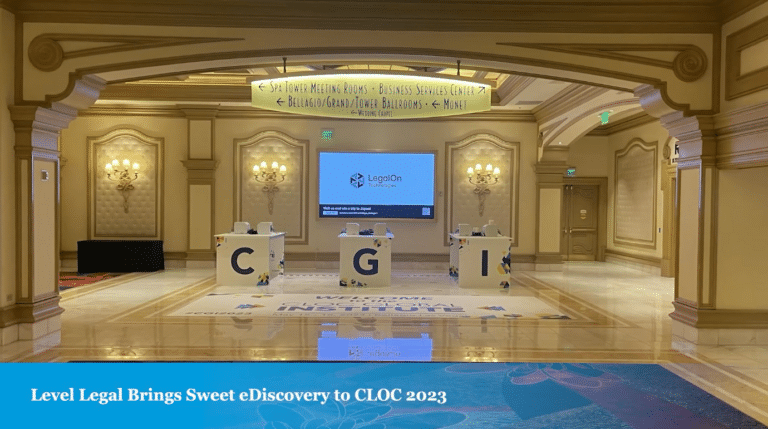
Sweetening Up Legal Operations: Key Insights into How to Drive Value During Economic Times

Boosting Wellness: The Critical Role of Workplace Culture
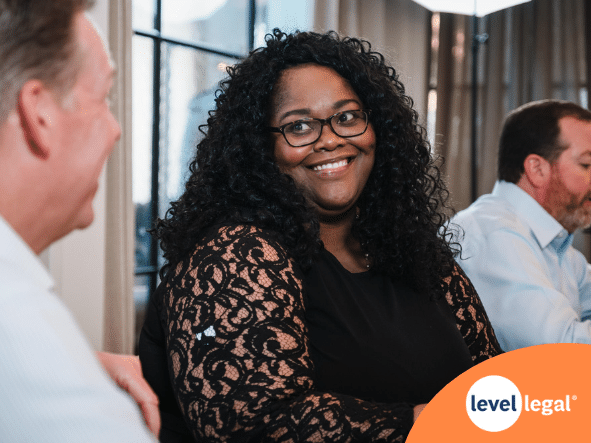
Reputational Risk: How Bungled Layoffs Can Harm Tech Brands

Best Foot Forward: How Document Reviewers Can Create Successful Resumes
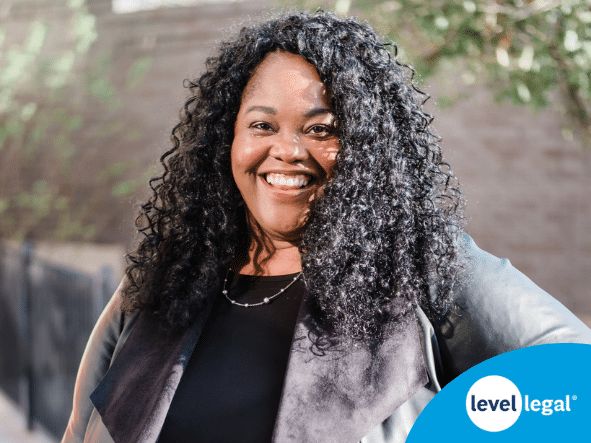
Consolidation Is Slowly Killing Legal Tech Innovation
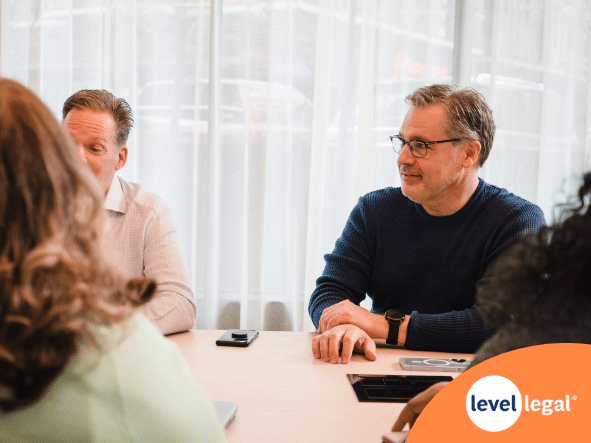
AI or Not to AI
